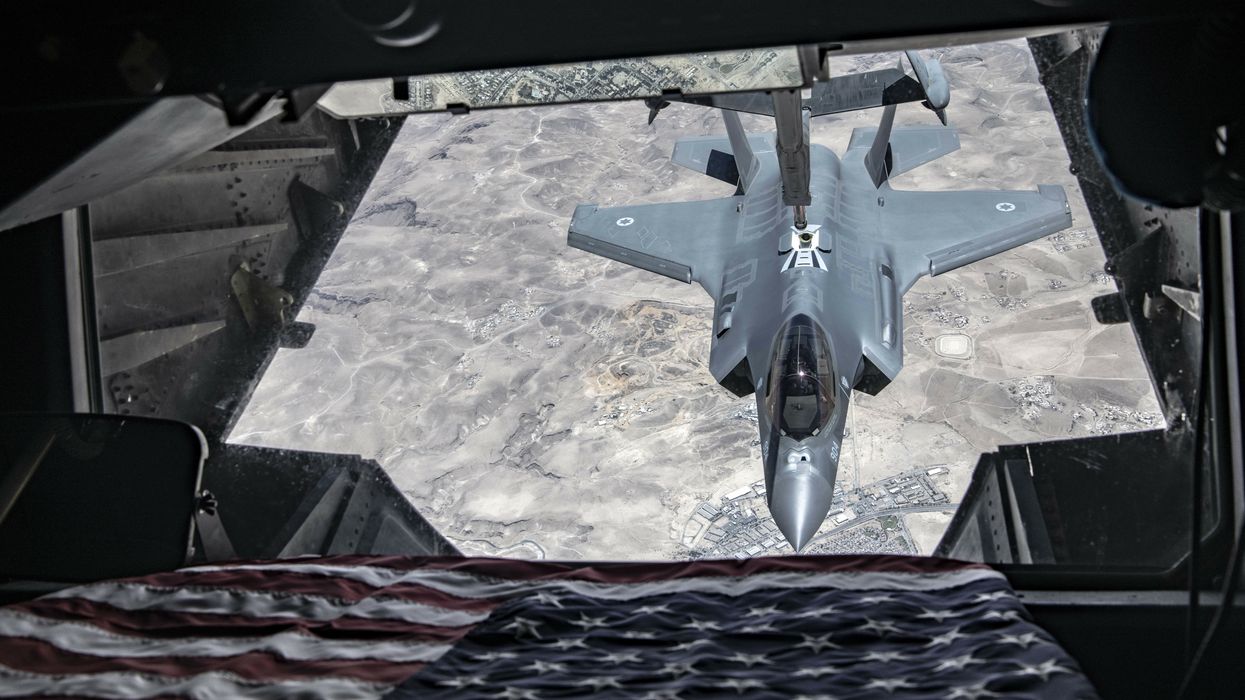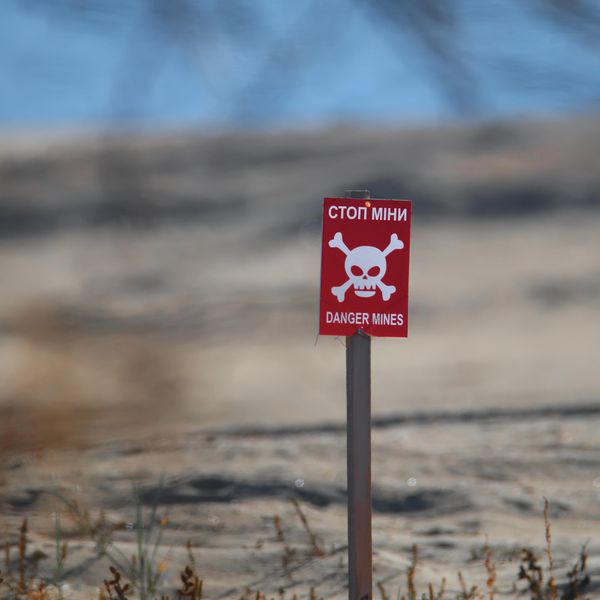Will the Russian withdrawal from the key city of Kherson this week continue what appears to be momentum toward a diplomatic end to the war in Ukraine? The signs may be pointing in that direction.
In late September, Russia declared its annexation of the Donbas republics of Donetsk and Luhansk as well as the eastern regions of Kherson and Zaporizhzhia. Ukrainian President Volodymyr Zelensky responded by signing a decree banning any negotiations with Putin. Zelensky said that Ukraine is “ready for dialogue with Russia, but with another president of Russia.”
That decree posed a problem, particularly for the United States, which is trying to maintain a coalition assembled to support Ukraine militarily, financially, and through sanctions on Russia. Since imminent regime change in Moscow has appeared unlikely, waiting for another president might mean a potentially endless war. And that’s a hard sell for weary European allies — who are heading toward a cold winter — no matter their commitment to the cause of defending Ukraine.
So, in a shift from its position that it had “ruled out the idea of pushing or even nudging Ukraine to the negotiating table,” the Biden administration reportedly began urging Zelensky to "signal an openness to negotiate with Russia and drop his government’s public refusal to engage in peace talks unless President Vladimir Putin is removed from power," according to the Washington Post.
At first, Ukraine publicly rejected the pressure. Zelensky adviser Mykhailo Podolyak reiterated the promise that Ukraine will only "talk with the next leader" of Russia, and told the Italian newspaper La Repubblica that talks could only resume once the Kremlin relinquishes all Ukrainian territory and that Kyiv would fight on even if it is “stabbed in the back” by its allies.
But the pressure may have been strong. Several days of talks between Kiev and Washington culminated in a visit by National Security Adviser Jake Sullivan with Zelensky. Perhaps coincidentally, Sullivan has also reportedly “been in contact with Yuri Ushakov, a foreign-policy adviser to Mr. Putin” and with Russia’s Security Council Secretary Nikolai Patrushev. U.S. officials reportedly told Zelensky that Kiev “must show its willingness to end the war reasonably and peacefully.”
On November 8, the messaging from Ukraine suddenly changed dramatically. Zelensky announced that he is now open to diplomacy with Putin and urged the international community to "force Russia into real peace talks." Zelensky insisted that his preconditions for talks are "restoration of (Ukraine’s) territorial integrity … compensation for all war damage, punishment for every war criminal and guarantees that it will not happen again."
Washington insists that its message was not an attempt to push Ukraine to the negotiating table, but rather an attempt to manage international perceptions. The plan was to “reinforce to the world that it’s Ukraine, not Russia, that wants to resolve the conflict.” One official said, “That doesn’t mean they need to go to the negotiating table right now. We don’t even think right now is the right time based on what Russia is doing.
But that sounds like perception management and posturing, a charge the State Department had leveled against Moscow a month ago. When Russian Foreign Minister Sergei Lavrov responded to a Turkish offer in mid-October to mediate talks by claiming Russia would be open to that suggestion and "was willing to engage with the United States or with Turkey on ways to end the war," the State Department dismissed his statement at the time as “posturing” and replied that Washington has “very little confidence” that Lavrov’s offer is genuine.
A lot can happen in a month.
The Biden administration has long insisted that its goal is to back Ukraine “on the battlefield” until "facts on the ground" put Ukraine "in the strongest possible position at the negotiating table." On November 9, as reports signaled that the Russians were leaving Kherson City, Ukraine may be seeing some of those advantageous “facts on the ground” coming into focus. Zelensky’s preconditions for talks will be hard to achieve at the table. But that’s how talks start. If the U.S. pressure that changed Zelensky’s position on talking to Putin is more than posturing, and if Moscow’s signals of willingness to talk are more than posturing, then being willing to talk could be the beginning.
















